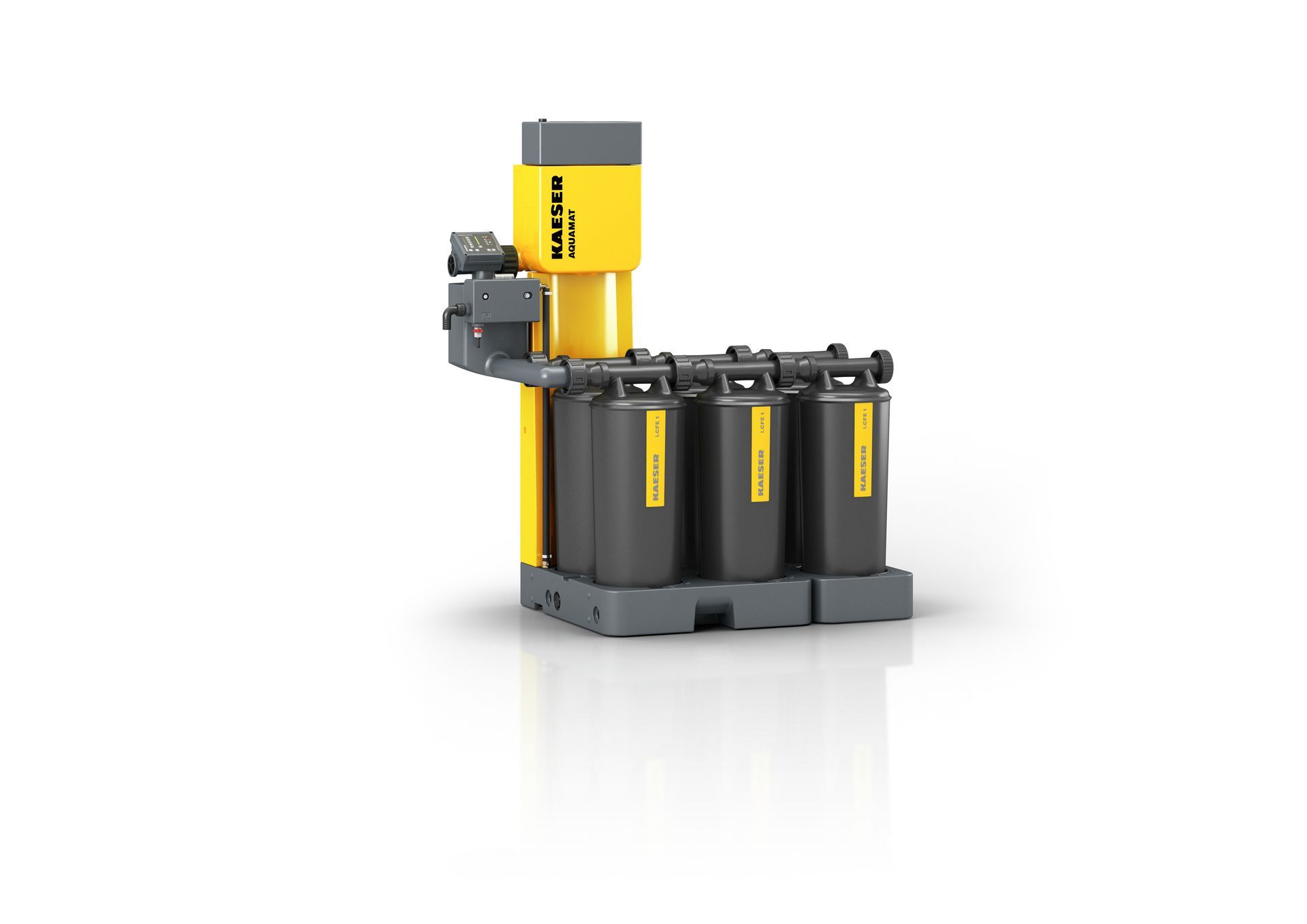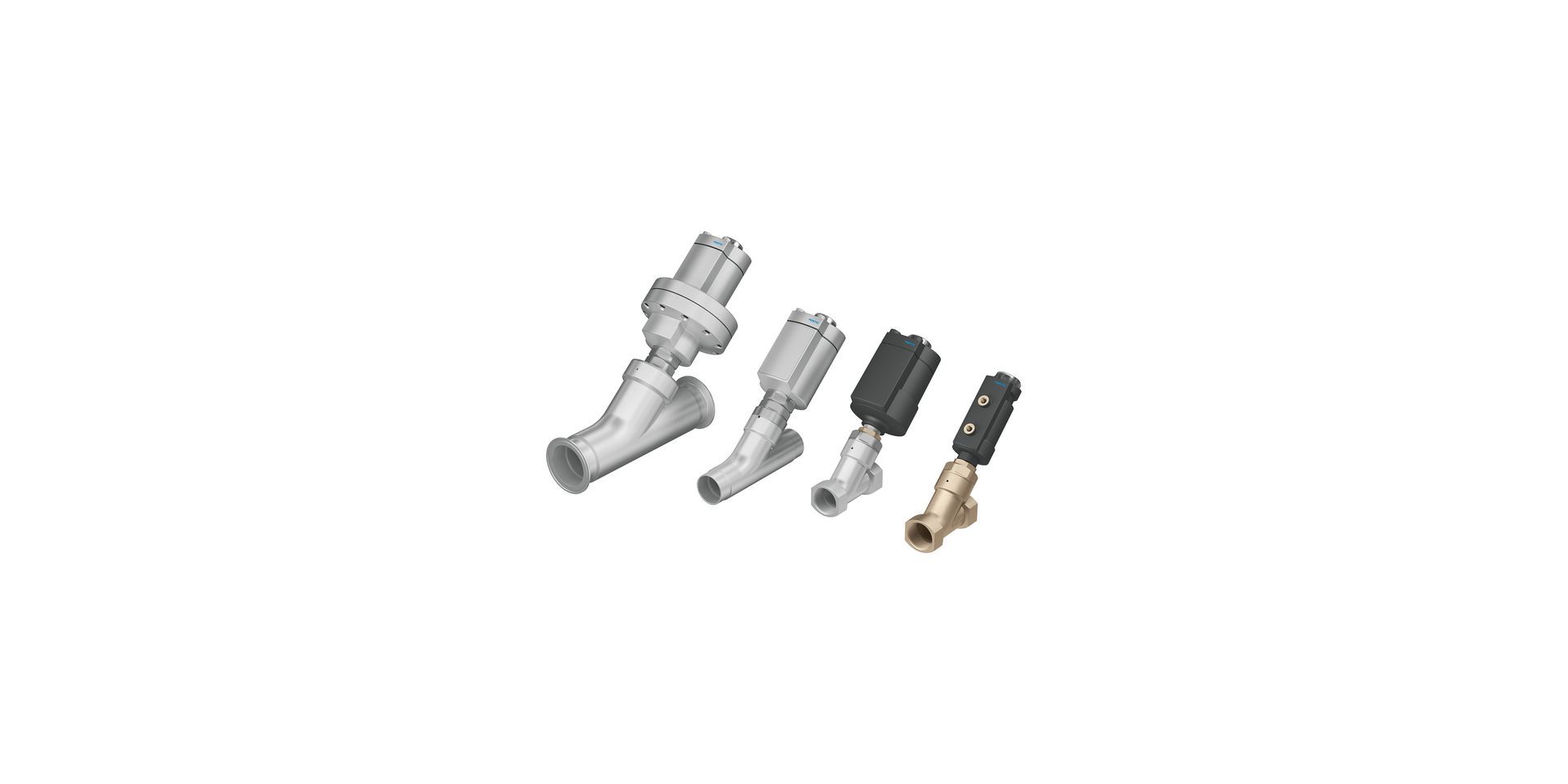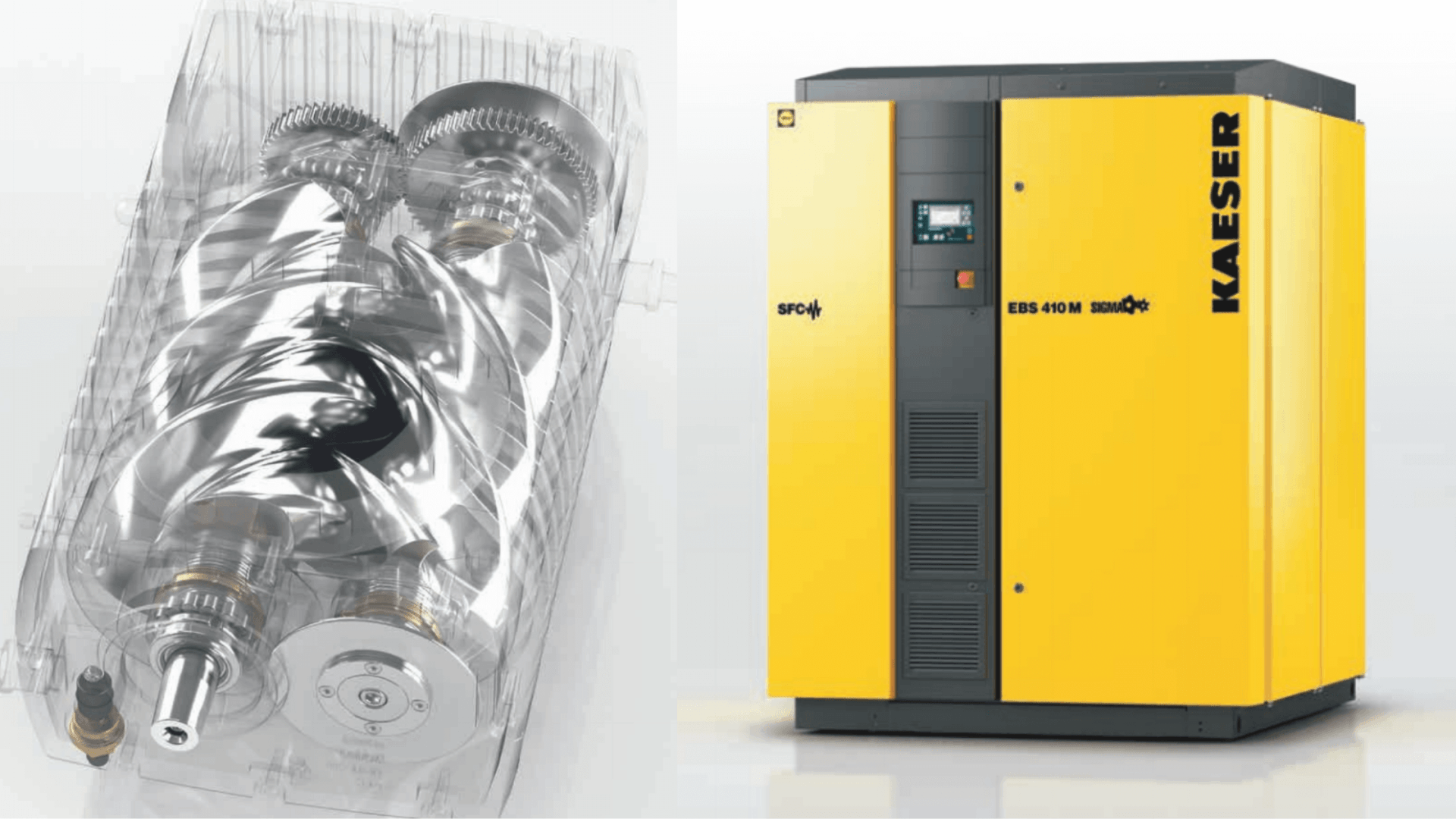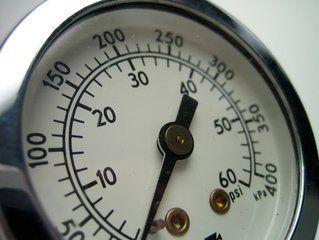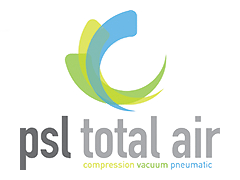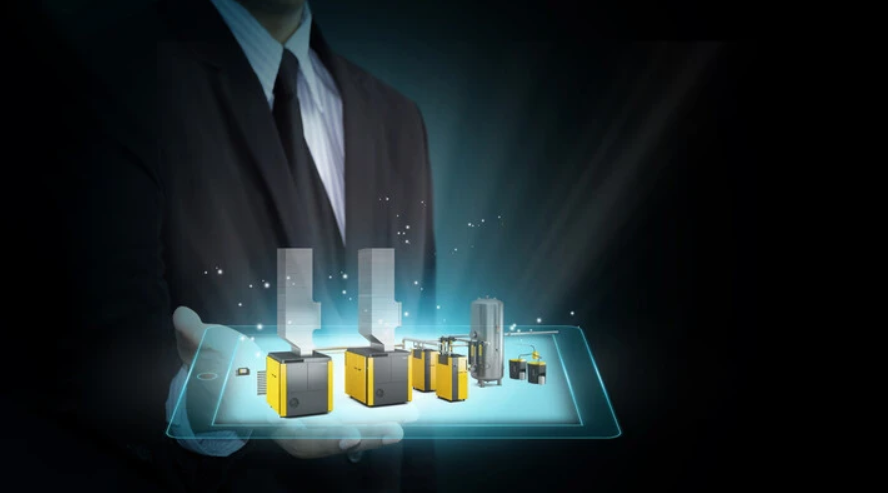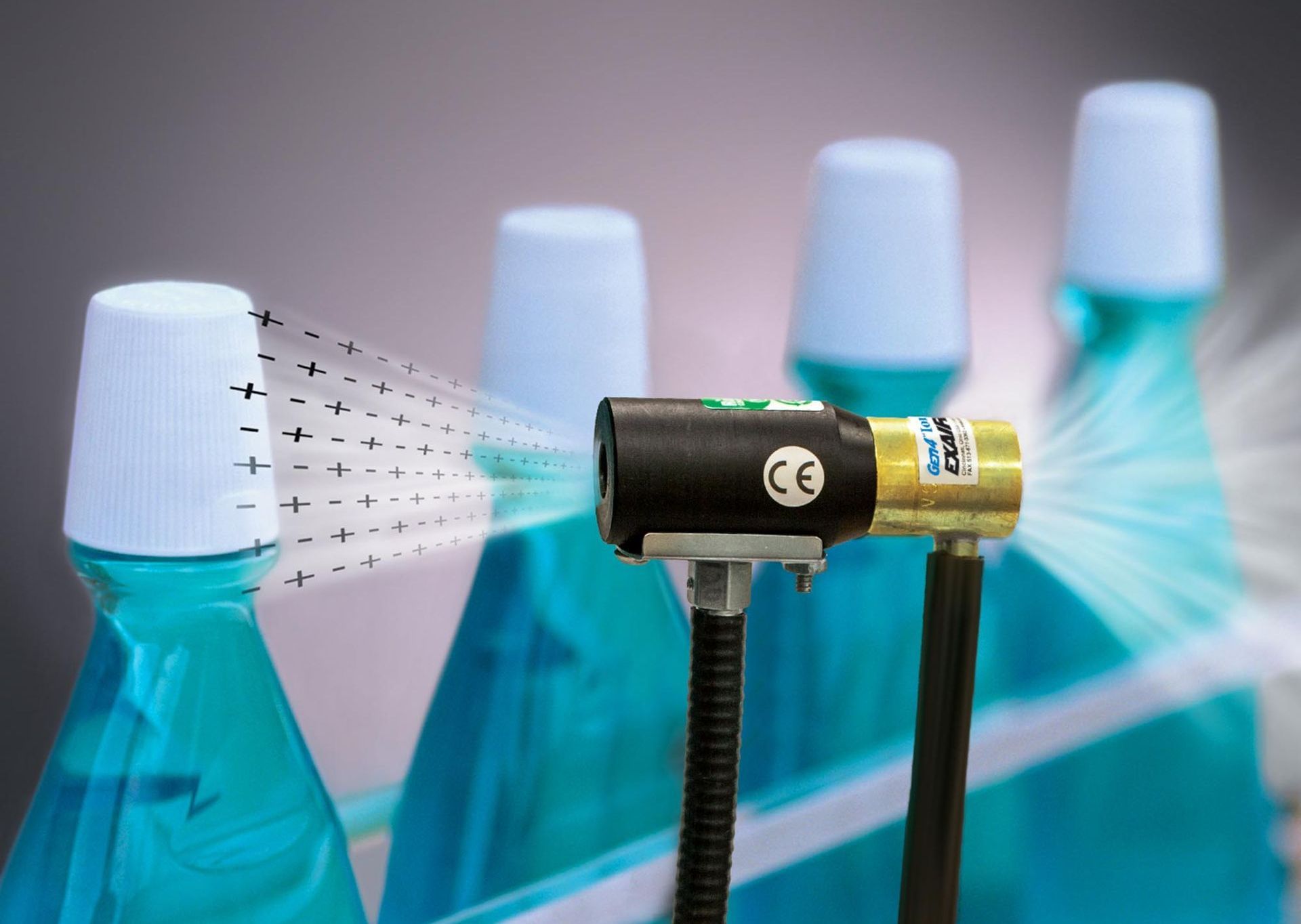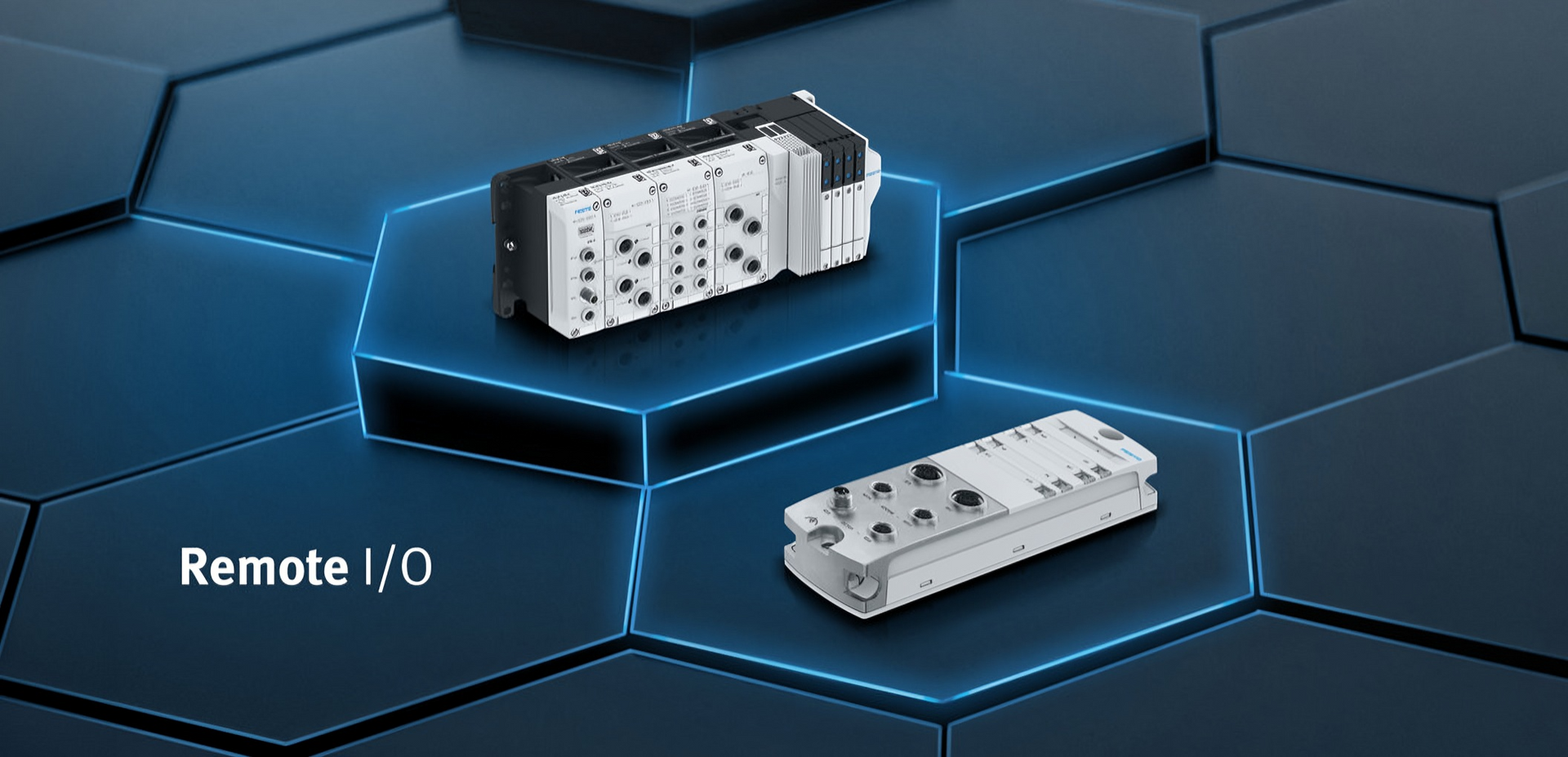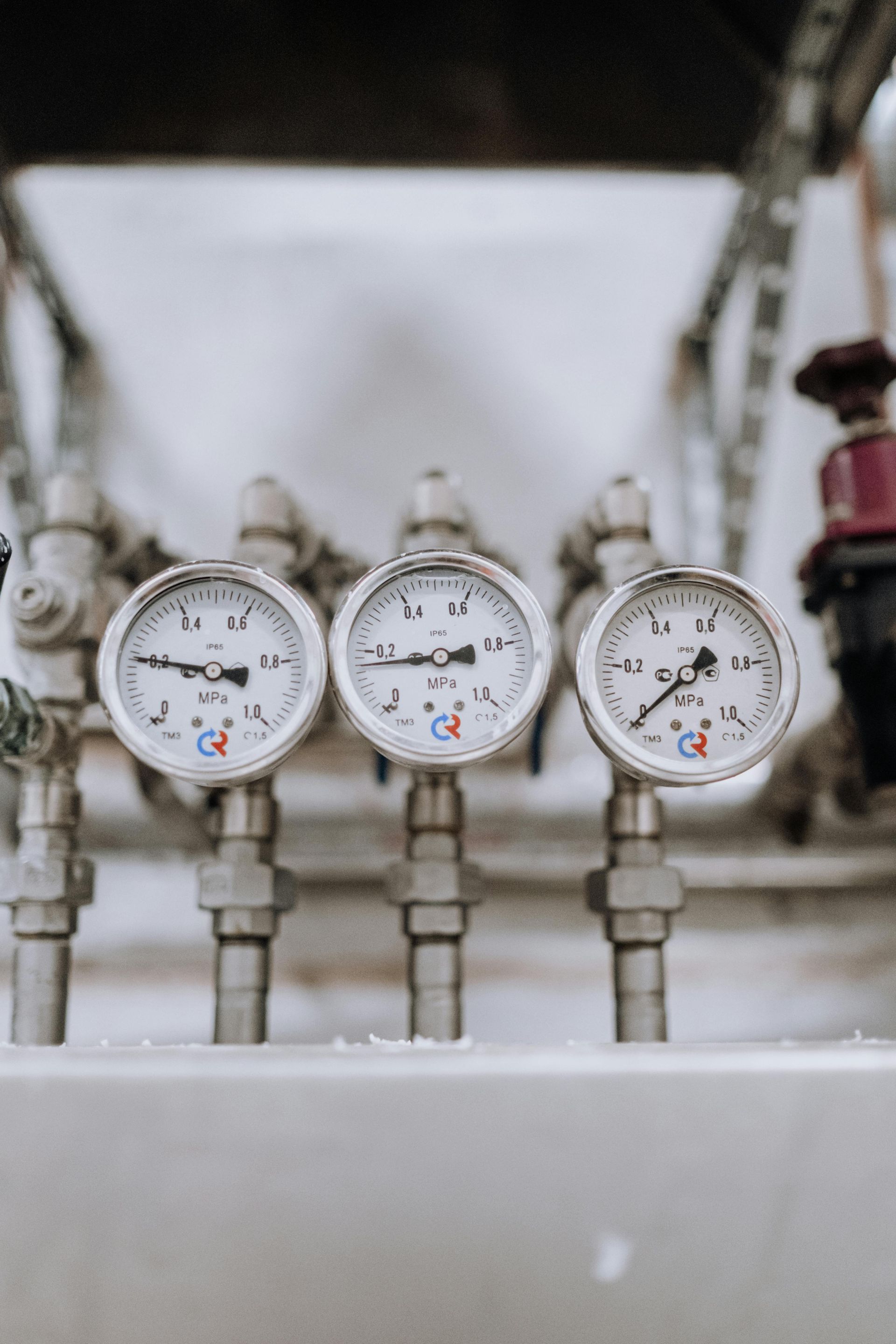From Hot Air to Smart Savings: Heat Recovery Explained
What is Heat Recovery?
When you use an industrial air compressor, a significant amount of the energy consumed is lost as heat. In fact, this figure is almost 100%! Instead of letting that energy go to waste, a heat recovery system allows you to capture most of this heat and re-use it for water or space heating. This not only provides substantial cost savings, but can also help you towards your environmental sustainability goals.
Heat recovery systems can be installed with most Kaeser screw compressors and offer the most benefit when you have large air compressors or oil-free air compressors.
Heat Recovery for Air Heating
Recovering heat for space heating is simple. By installing a ducting system, the warm air generated by your compressor station can be directed into the area where it’s needed. A ventilation flap within the ducting allows heat to be exhausted outside in those warmer months when space heating isn't needed. Using this method, up to 96% of the total energy input can be recovered.
Common uses for hot air recovery include:
- Space Heating in Work Areas
- Drying Processes
- Air Curtains
Heat Recovery for Water Heating
The other option is to use heat recovery for water heating. This requires a heat exchanger, which can be installed internally within the compressor or externally as a separate unit.
There are two main types of heat exchanger:
- Plate-type: These use gaskets between plates to channel fluids in alternating streams. As hot fluids and air pass over the plates, heat is transferred efficiently from the hot side to the cold side.
- Shell & Tube: Ideal for applications with poor water quality, this design uses a bundle of tubes contained within a large shell. Heat is transferred as fluids run through the tubes while cold water and hot air flow around them.
Heat exchangers can heat water up to 70°C for uses such as:
- Feeding central heating systems
- Laundry
- Galvanising
- General process heat
- Cleaning and sanitising
- Swimming pool heating
- Showers and washing facilities
What are the Advantages?
- Cost Savings: heat recovery means you can lower your power bill by recycling the energy you're already paying for
- Energy Efficiency: reducing your power consumption can help you to reduce your business' carbon footprint and meet environmental targets.
- Wide Range of Applications: the variety of uses means most businesses can benefit from heat recovery
- Adjustable: during times where less hot air or water are needed, the excess supply can be exhausted
How Much can you Save?
A heat recovery system allows you to recover up to 96% of your compressor's power usage!
Let's run through some examples of what that could equate to in terms of power savings and carbon emissions:
- ABC Ltd have a Kaeser CSD130, which has a 75kW motor.
- Their compressor operates at a 70% duty cycle from 9am-5pm on Mon-Fri (excluding public holidays), which equates to 2008 hrs per year.
- Their power cost is $0.25/kWh
- For these calculations, we'll use an emissions factor of 0.101
Power savings per year ($) = compressor's motor size (kW) x compressor duty cycle (%) x 0.96 x compressor's running hours per year x power cost ($/kWh)
In a year, ABC Ltd could save: 75 x 0.7 x 0.96 x 2008 x 0.25 = $25,301
Reduction in carbon emissions per year (kg CO₂-e) = compressor's motor size (kW) x compressor duty cycle (%) x 0.96 x compressor's running hours per year x emissions factor
In a year, ABC Ltd could reduce their carbon emissions by: 75 x 0.7 x 0.96 x 2008 x 0.101 = 10,222 kg CO₂-e
*Please note the examples above are estimates only; actual results may vary due to additional factors. We recommend a
professional assessment by PSL to determine if heat recovery is suitable for your needs.
How do I know if Heat Recovery is Right for me?
If your operation already uses compressors and requires either space heating or hot water, chances are that a heat recovery system will pay for itself quickly.
Not sure? PSL Total Air can carry out an air audit, analyse your energy usage, and help you weigh up the potential benefits for your site.
Contact us to request an assessment.
